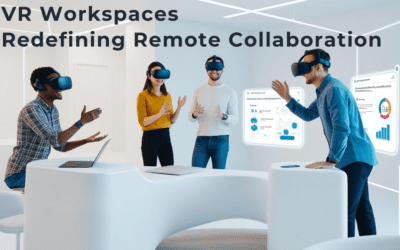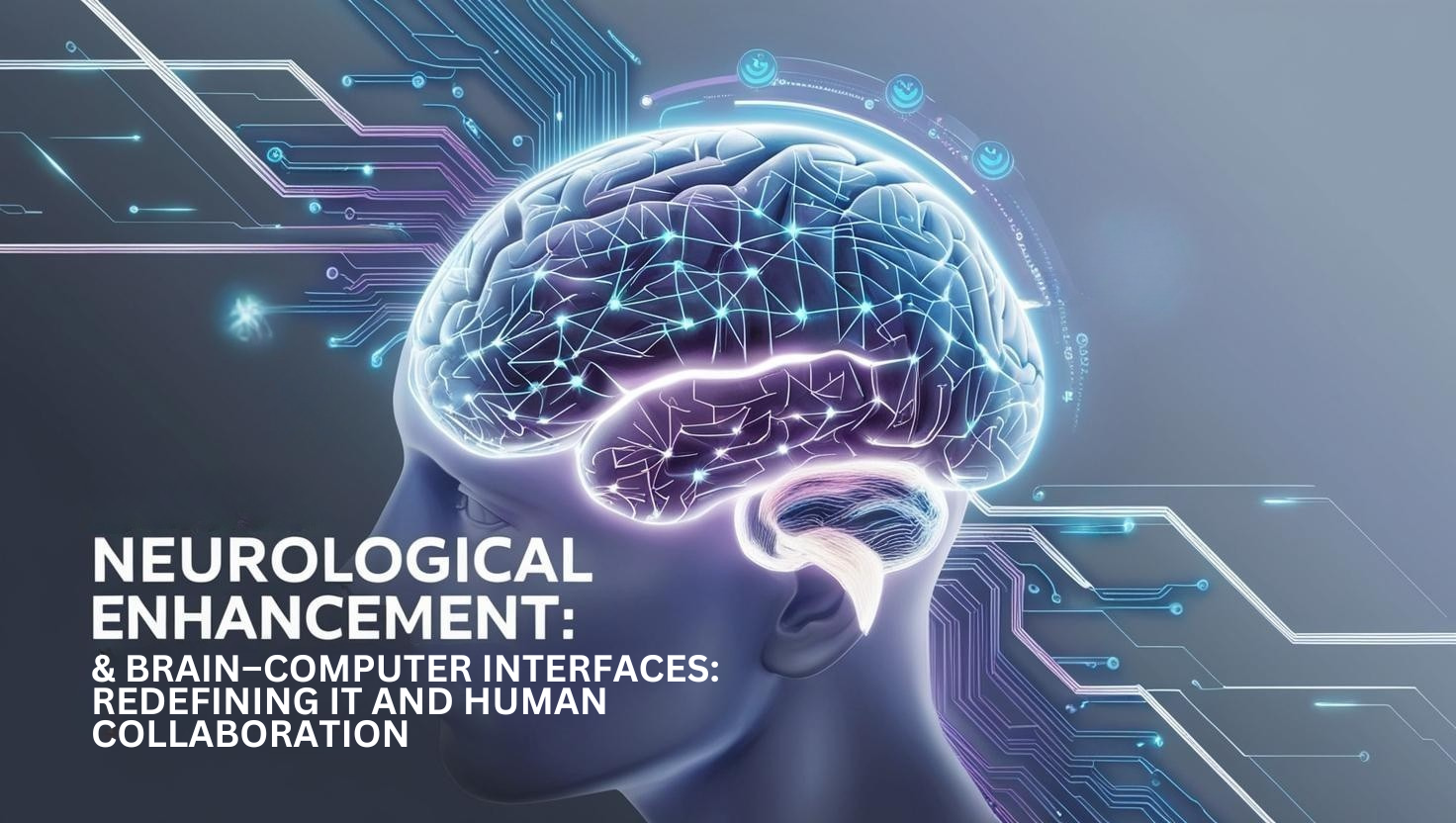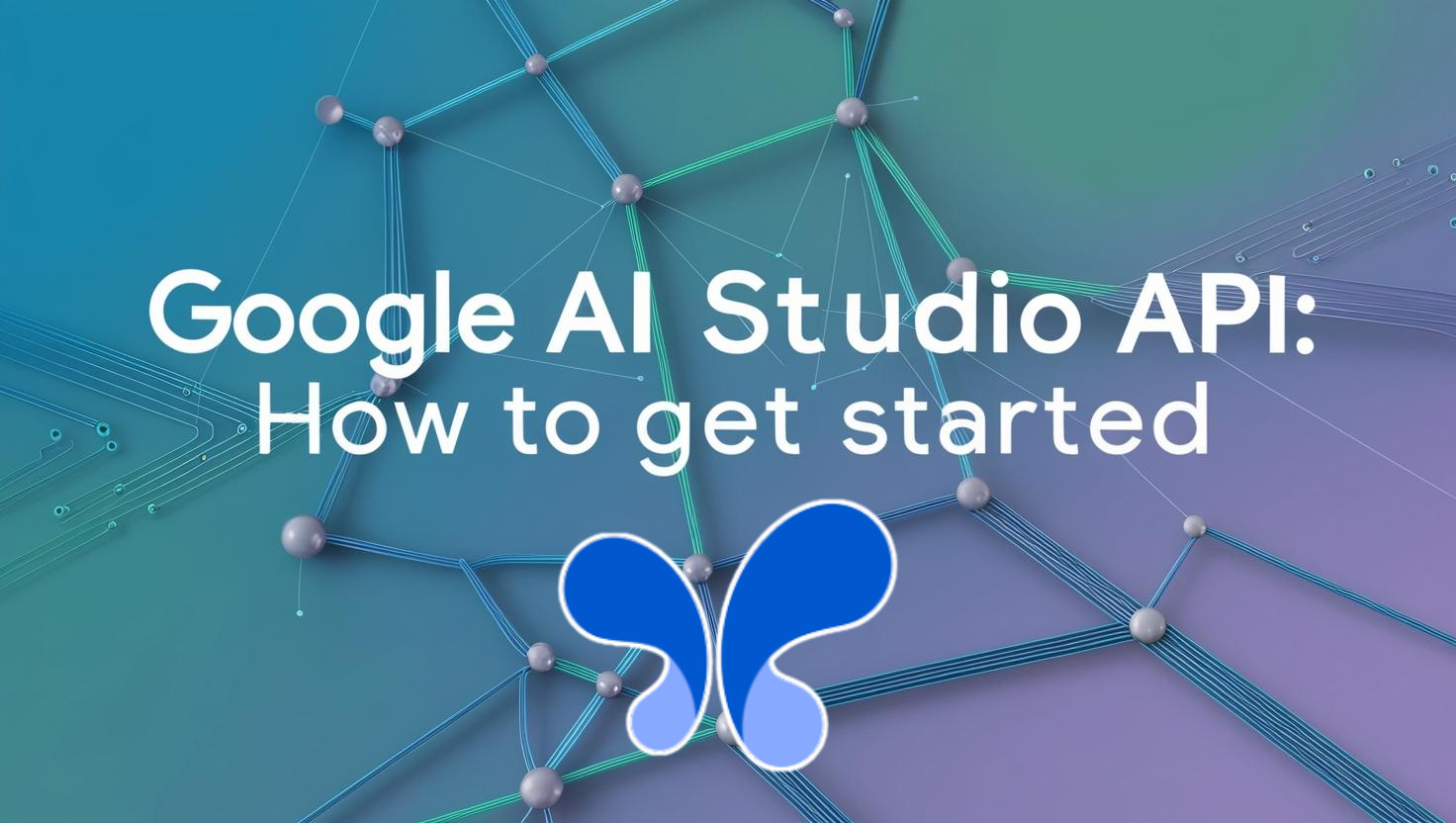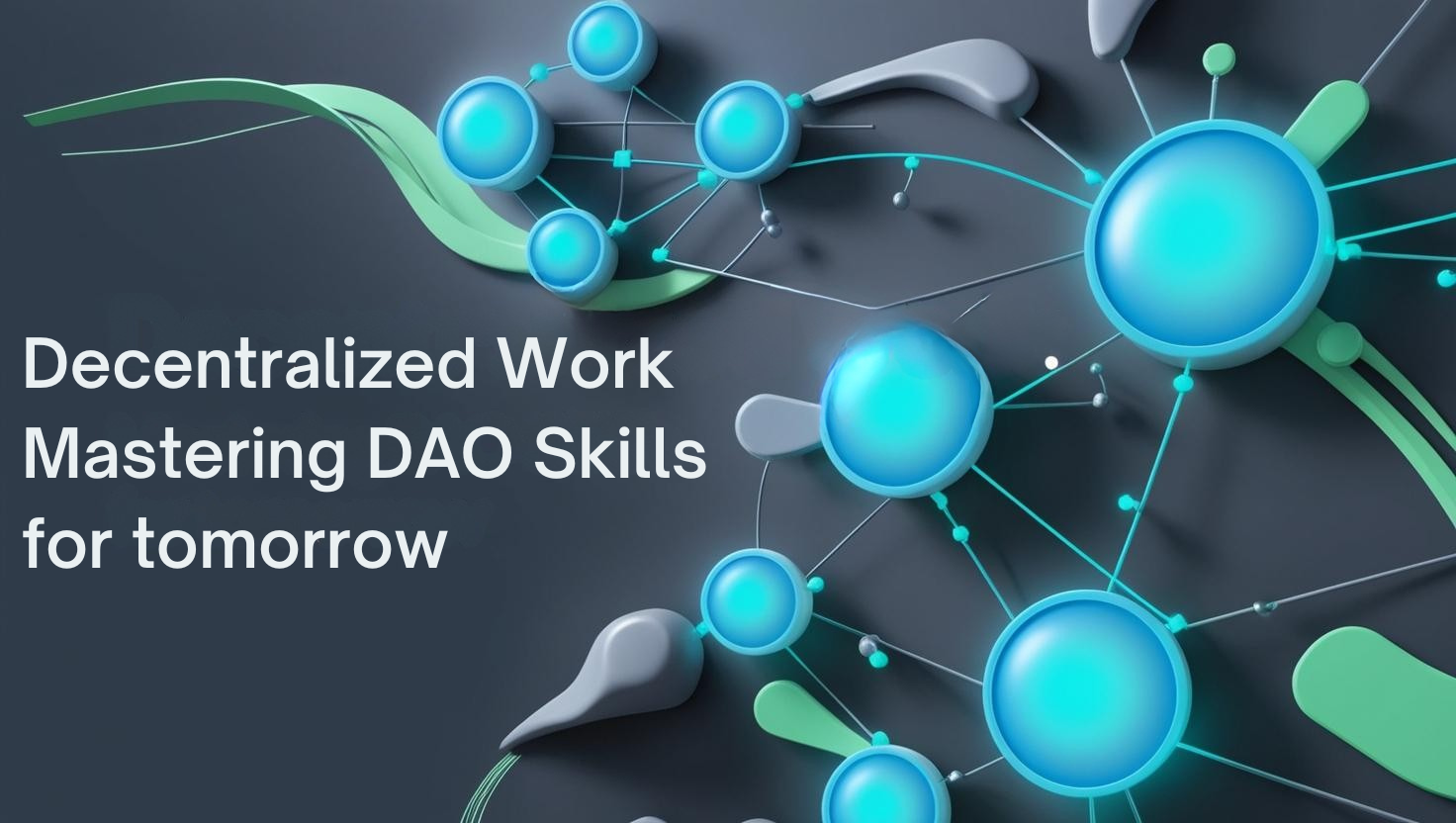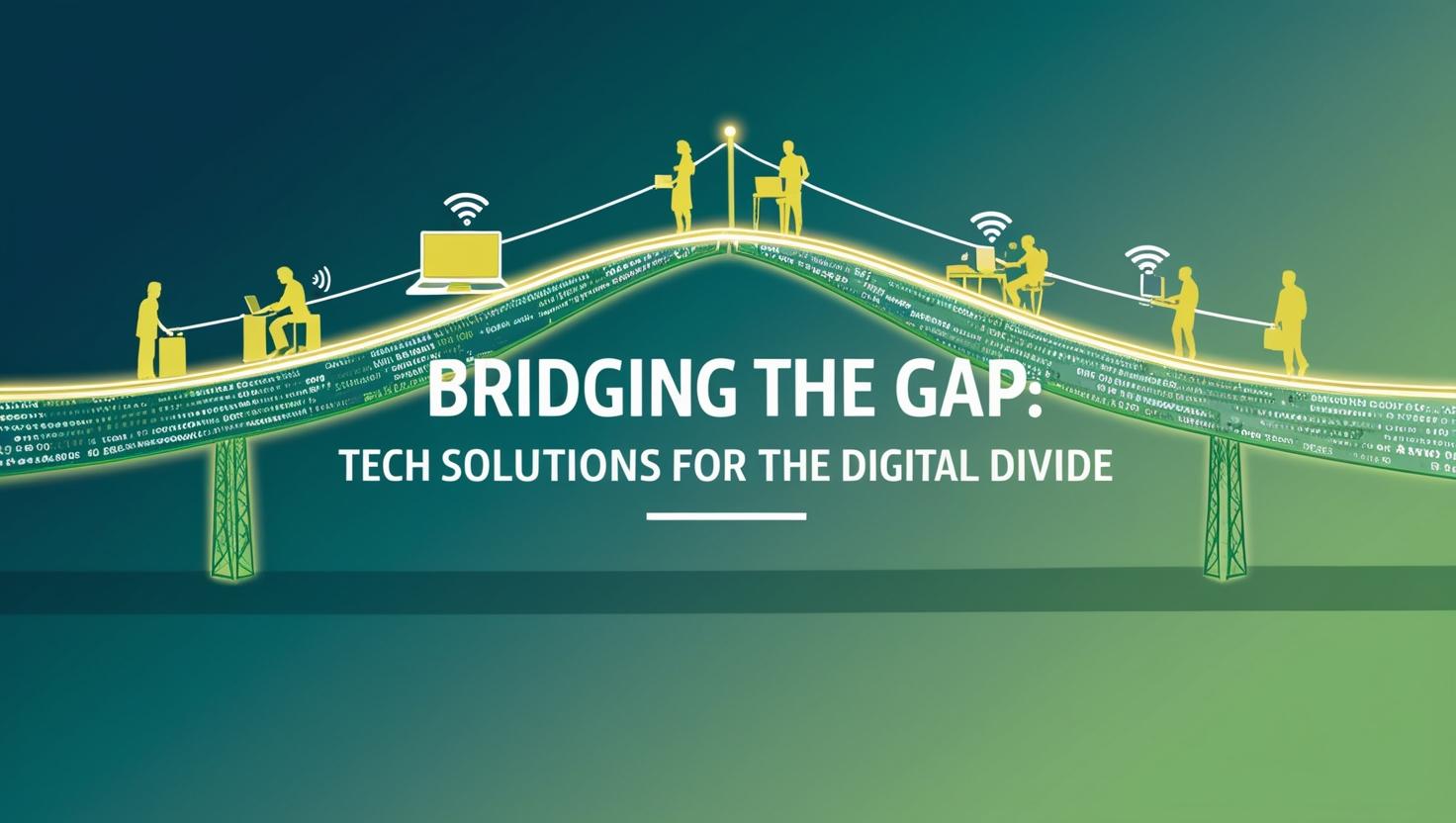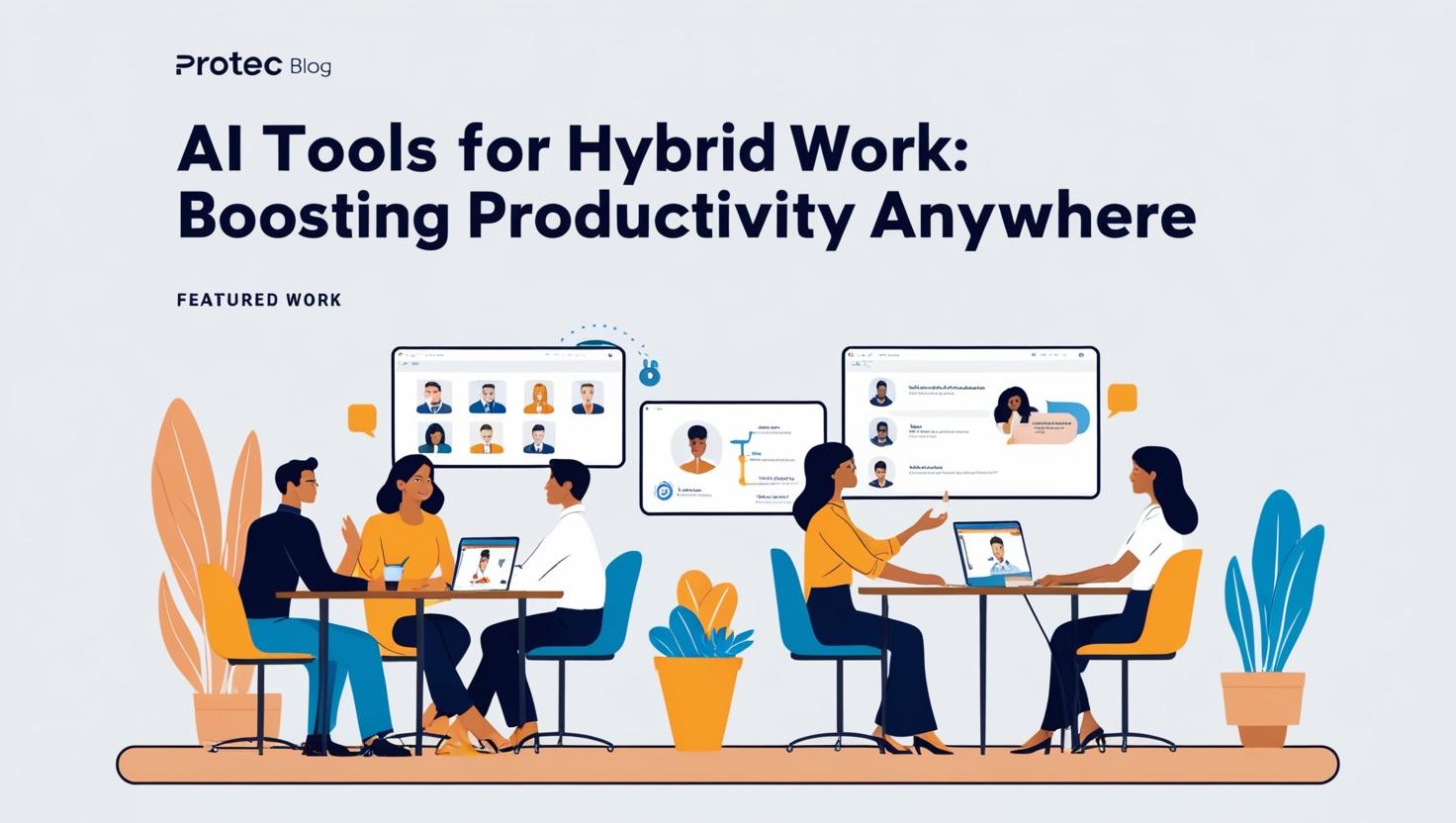Introduction to Neurotech & BCI: The Dawn of a New Era
The fusion of neuroscience and technology is unlocking unprecedented possibilities. Neurological enhancement and brain-computer interfaces (BCIs) are no longer science fiction—they are reshaping how humans interact with machines, augmenting cognition, and restoring lost functions. By 2025, the global BCI market is projected to reach $1.5 billion, driven by advancements in AI, material science, and neural signal processing.
BCIs bridge the gap between the human brain and digital systems, enabling direct communication through neural signals. From helping paralyzed individuals control robotic limbs to enhancing workplace productivity, this technology is redefining industries. However, as neurotech accelerates, it also raises profound ethical questions about privacy, equity, and the future of human identity.
Advanced BCI Systems & Cognitive Enhancements: Breaking Technological Barriers
1. Medical Miracles: Restoring Mobility and Communication
BCIs are revolutionizing healthcare. For instance, Neuralink’s high-bandwidth implant allows paralyzed patients to type at speeds of 20 words per minute using only their thoughts. Similarly, Synchron’s stent-like device, inserted via the jugular vein, enables motor-impaired users to control digital interfaces without invasive brain surgery.
In 2024, a breakthrough clinical trial at UC Davis achieved 97% accuracy in translating brain signals into speech for ALS patients, surpassing current voice recognition tools. These innovations highlight BCIs’ potential to restore autonomy for millions with neurological disorders.
2. Cognitive Augmentation: Expanding Human Capabilities
Beyond medical applications, BCIs are exploring cognitive enhancement. AI-driven systems now adapt to users’ neural patterns, improving focus, memory, and decision-making. For example:
- Memory Prosthetics: Implants targeting the hippocampus aim to counteract Alzheimer ’s-related memory loss.
- Neurofeedback Wearables: Devices like Neurosity’s headset use real-time EEG data to optimize mental states for productivity or relaxation.
- AI-Enhanced Learning: Adaptive BCIs in education adjust lesson pacing based on students’ neural engagement, boosting retention by 30%.
3. Workplace Transformation: Human-Machine Collaboration
BCIs are streamlining industries by merging human intuition with machine efficiency. In manufacturing, workers using telepresence robots controlled via BCIs perform hazardous tasks remotely, reducing injury risks. Meanwhile, companies like Emotiv are integrating BCIs into VR training programs, accelerating skill acquisition for surgeons and engineers.
Ethical & Societal Dimensions: Navigating Uncharted Territory
1. Privacy and Neural Data Security
BCIs generate highly sensitive neural data, creating risks of “brain hacking” or unauthorized access to thoughts. For instance, a 2025 study revealed that AI models could infer personal preferences from EEG patterns with 85% accuracy, raising alarms about data exploitation. Regulatory frameworks like the EU’s AI Act are emerging to mandate encryption and user consent, but gaps remain.
2. Inequality and Access
While BCIs promise societal benefits, their high-cost risks exacerbate inequality. Early adopters—often affluent individuals—could gain cognitive or physical advantages, creating a “neuro-divide”. Startups like OpenBCI are democratizing access with $500 EEG headsets, yet scalability remains a challenge.
3. Autonomy and Identity
Invasive BCIs, like Neuralink’s implants, pose philosophical dilemmas. A 2024 trial reported a patient’s implant shifting post-surgery, requiring algorithmic adjustments to maintain functionality. Such incidents highlight concerns about loss of agency and the ethical implications of merging human cognition with AI.
Real-World Applications & Future Outlook
1. Healthcare: From Diagnostics to Treatment
- Epilepsy Management: BCIs predict seizures by analyzing neural patterns, enabling preemptive interventions.
- Mental Health: Non-invasive devices monitor depression biomarkers, tailoring therapies in real-time.
2. Consumer Tech: Gaming and Beyond
- Immersive Gaming: Companies like Valve are testing BCIs to control VR avatars through thought, eliminating physical controllers.
- Smart Homes: Brain-controlled IoT devices, such as Philips’ neuro-linked lighting systems, adjust environments based on users’ moods.
3. Military and Defense
The U.S. Department of Defense is exploring BCIs for “silent communication” among soldiers, enhancing coordination without spoken words. However, ethical debates persist about weaponizing neurotech.
The Road Ahead: Opportunities and Challenges
1. Technological Frontiers
- AI Integration: Deep learning decoders improve neural signal accuracy by 40%, enabling seamless human-AI collaboration.
- Brain-to-Brain Networks: Early experiments in collective intelligence allow teams to solve problems via shared neural interfaces.
2. Ethical Imperatives
- Regulatory Harmonization: Global standards for neural data privacy and device safety are critical. The IEC and ISO are pioneering BCI-specific guidelines.
- Public Engagement: Transparent dialogues about neurotech’s societal impact can mitigate distrust. Initiatives like the IEEE’s Neuroethics Framework advocate for inclusive policymaking.
3. Strategic Recommendations for Businesses
- Invest in R&D: Prioritize partnerships with neurotech startups and academic labs.
- Adopt Ethical AI: Implement bias audits for BCI algorithms to ensure equitable outcomes.
- Upskill Workforce: Train IT teams in neurotech integration and data ethics.
Conclusion: Balancing Innovation with Responsibility
Neurological enhancement & brain–computer interfaces are poised to redefine human potential, offering solutions to once-insurmountable challenges. Yet, their success hinges on addressing ethical risks and ensuring equitable access. As we stand at the brink of this neurotech revolution, collaboration among technologists, policymakers, and society will determine whether we harness its power for collective good—or fracture into a divided future.
Ready to lead the neurotech frontier? Explore how ProTec’s AI-driven solutions can ethically integrate BCIs into your IT strategy.
For further insights, explore our sources:
https://etech.iec.ch/issue/2025-01/the-next-frontier-for-brain-computer-interfaces https://www.mountbonnell.info/neural-nexus/brain-computer-interfaces-in-2025 https://toxigon.com/bci-technology-advancements-2025







